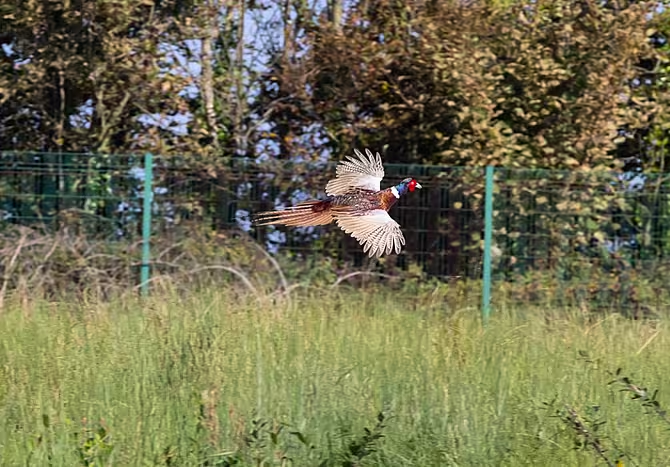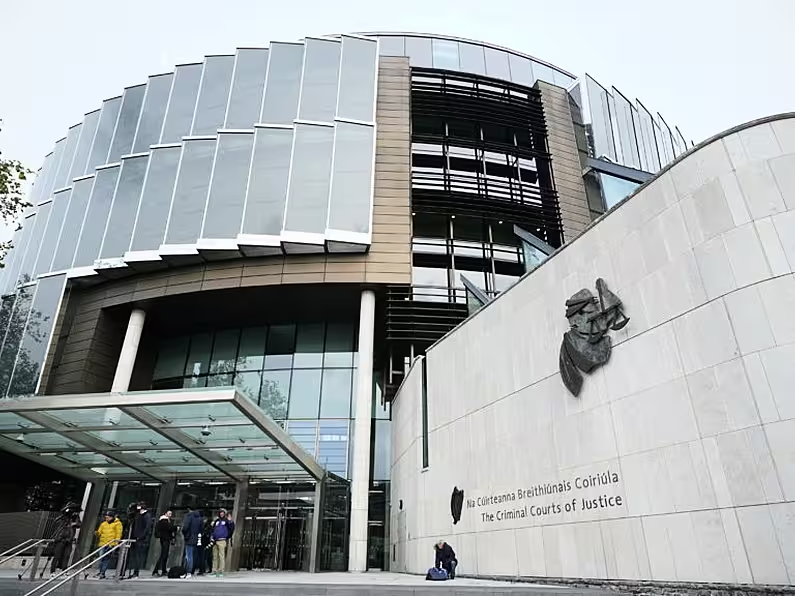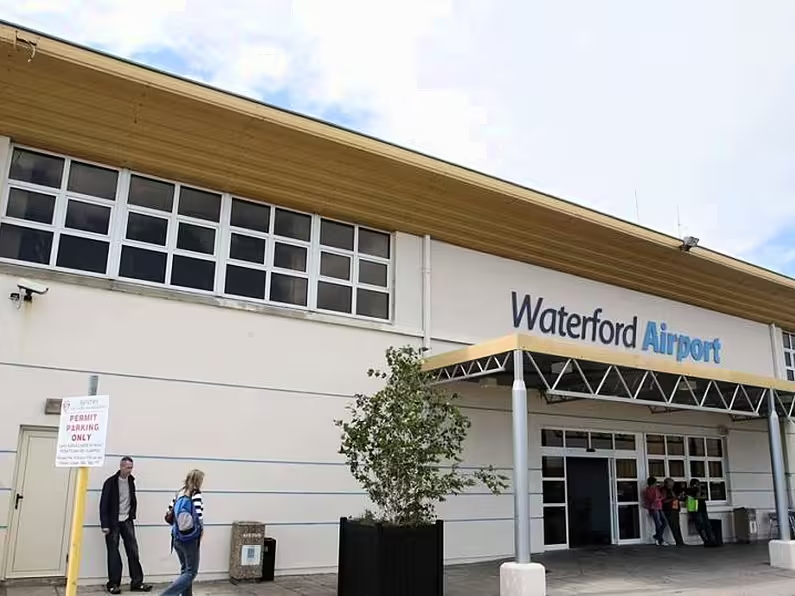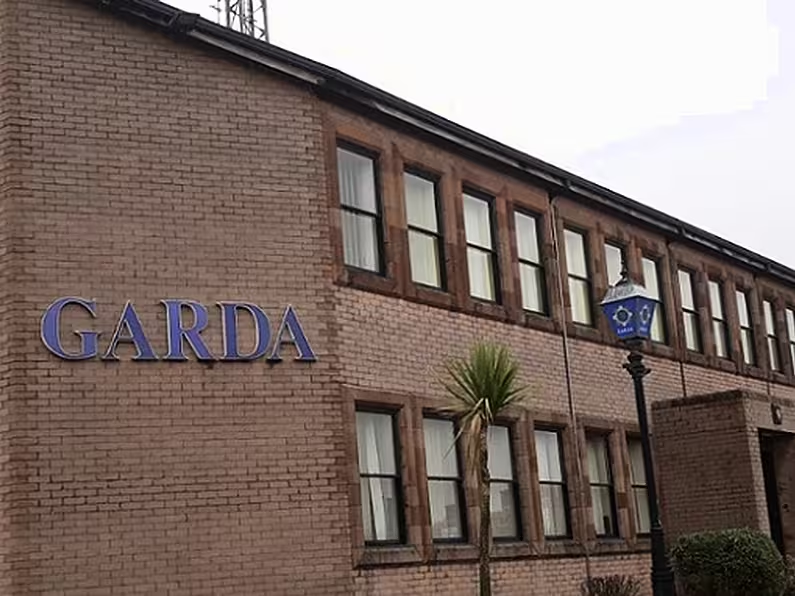Many rare species of plants, animals and insects have been making a comeback on Irish Water sites in Waterford and around the country as a result of the utility’s work in supporting biodiversity.
To celebrate World Environment Day on Saturday, June 5, Irish Water is launching its Biodiversity Action Plan which sets out a national programme of measures to protect and enhance Ireland’s biodiversity.
Ireland is fortunate to have a rich variety of flora and fauna and, as a key custodian of our water resources, Irish Water is committed to playing its part in protecting and enhancing this treasure trove of biodiversity at its 1,700-plus water and wastewater treatment sites nationwide.
Species as diverse as the Long-Tailed Tit, Otter, Pine Marten and the Bee Orchid have already been spotted in several Irish Water sites where sustainable management practices have been put in place. And many communities around Ireland are continuing to benefit from the work that is taking place to protect ecosystems and enhance the local environment.
Dr Brian Deegan, Irish Water Ecologist said: “Irish Water recognises the need to increase and accelerate efforts to halt the decline of biodiversity and we are committed to ensuring that we build and manage our infrastructure responsibly so that our ecosystems are protected, and where possible enhanced.”
“The theme of World Environment Day 2021 is Ecosystem Restoration. By working responsibly, we can all play our part to halt the decline of Ireland’s rich biodiversity. Irish Water delivers clean drinking water to more than 3.3 million people across the country every day and returns the treated wastewater safely to the environment. We have sites in almost every towns and village in the country, spanning a wide range of natural habitats and it’s our responsibility to protect these healthy ecosystems that benefit us all.”

A pheasant in flight at the Waterford Wastewater Treatment Plant site
Dr Liam Lysaght, Director of the Waterford-based National Biodiversity Data Centre added: “Ireland’s rich biodiversity is probably our greatest natural resource, but it is under threat here as it is all over the world. Fortunately, there is growing awareness of the need to protect and enhance our biodiversity and we all have a role to play as individuals and organisations in supporting natural ecosystems. It is very welcome to see public bodies such as Irish Water taking real steps to support biodiversity on their sites across Ireland. The National Biodiversity Data Centre is pleased to partner with Irish Water through the All-Ireland Pollinator Plan to support measures to better conserve biodiversity on land managed by the public and semi-state sector."
Irish Water is working in partnership with Local Authorities to support biodiversity across many of its sites including Integrated Constructed Wetlands in Dunhill, County Waterford and Clonaslee, Co Laois. A similar sites has recently been completed in Lixnaw, Co Kerry.
Biodiversity enhancement work at the 12-hectare Waterford Wastewater Treatment Plant includes woodland management and wildflower meadows that complement the adjacent Lower River Suir Special Area of Conservation (SAC).
In Ballymore Eustace, the site of Ireland’s largest water treatment plant occupying 56 hectares, biodiversity enhancement measures have been in place for several years, with habitats including wildflower meadows and native woodland, while 5.27 hectares of native woodland is being planted at Lough Guitane Water Treatment Plant in Co Kerry.
Irish Water’s Biodiversity Action Plan has been developed in line with national and European biodiversity strategies and policies. To find out more about these and the other biodiversity actions being carried out by Irish Water, visit the Biodiversity Action Plan page on water.ie.











